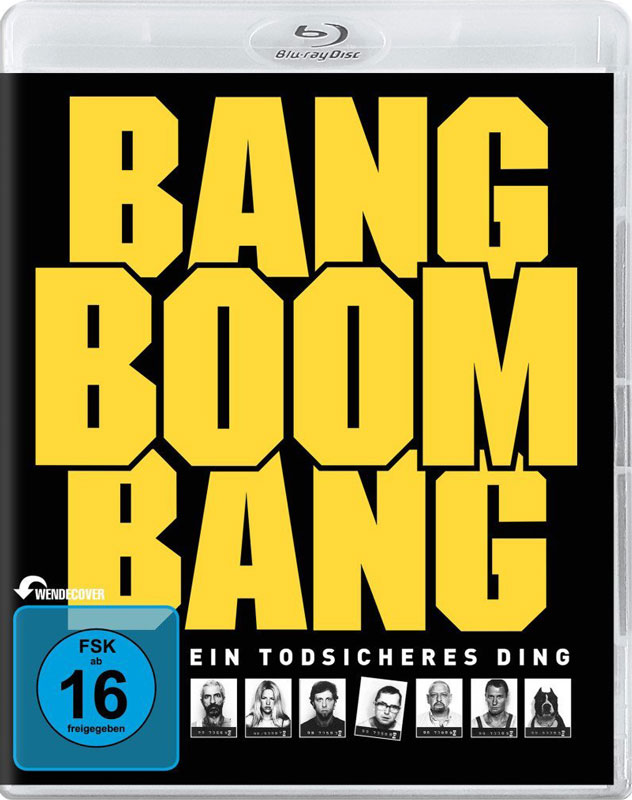

I discuss the low-level affordances (facilitating elementary action) for creative listening and soundmaking and high-level affordances (facilitating complex behaviors) for creativity, experimentation and connectivity.

The second half of the article focuses specifically on affordance – a relationship between a sound artwork and its audience delimiting and facilitating the possibilities for participation. I then expand this notion by turning to the contemporary pragmatist trends in creativity studies, ANT and affordance theory, introducing the concepts of we-creativity, mediation and affordance. My starting point is John Dewey’s conceptualization of an artwork as an aesthetic experience developing in cycles of doing and undergoing – a structure, he claims, present in both the creative process and the reception of artworks, putting them on equal footing. Instead, I offer a framework for the study of participation in sound art – and, more broadly, for sound aesthetics in general – rooted in the pragmatist tradition. In this article, I argue that the most widespread methodologies employed in sound art research – roughly split into the phenomenological branch and the object-oriented branch – are ill equipped to tackle the questions of sociality and participation. Sound art, participation, pragmatism, mediation, affordance AbstractĪudience participation is a prominent thread running through much of sound art practice, yet it remains largely absent from the sound art scholarship.


 0 kommentar(er)
0 kommentar(er)
